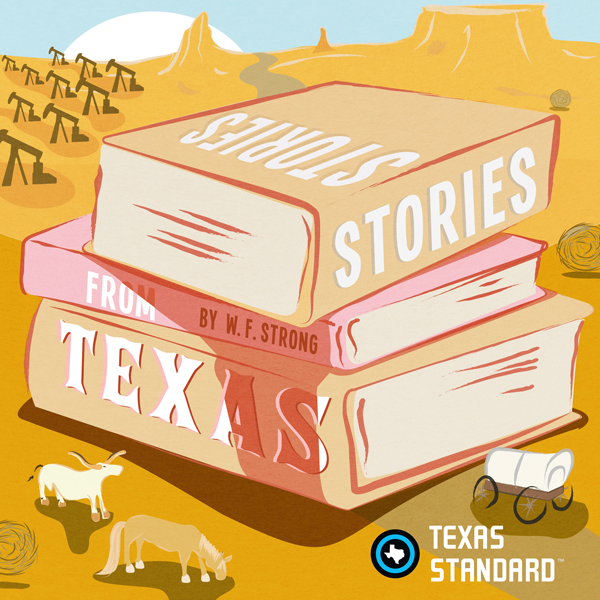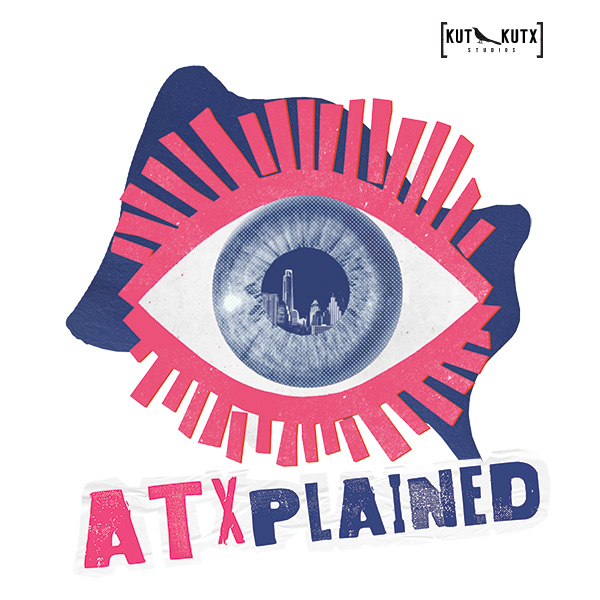By W. F. Strong
A couple of weeks ago I got into an argument with my stairs and I lost. The stairs insisted there were 12 steps and I thought 10 would do. I broke my tibia and fibula. The good news is that I ended up at the bottom of the stairs, conveniently located for the EMS to pick me up and rush me into emergency surgery. I’ll be 97 percent good as new in four months.
As I was lying in recovery at the hospital, I realized that my injury was similar to that which Sam Houston suffered at San Jacinto. Same shattered tibia, inches above the ankle. Of course his was penetrated by a musket ball in battle and mine was penetrated by the hubris of thinking I had the agility of a teenager. Still, the result was much the same, and I thought immediately of my advantages over Sam. I had only to lie there wrapped in the loving arms of morphine and watch the Houston Astros (ironically Sam’s namesake team) play the Nationals. That was all I had to worry about. Sam had to push through the pain of his broken leg and open wound because he had a new Republic to create and protect, an undisciplined army to command, a dictator to keep alive at all costs, and political foes to keep an eye on.
Here are three things of interest to know about Sam’s wound:
First, he ignored it. After the battle was over, though he was suffering great pain and his boot was filled with blood, he met with his commanders to make sure they understood that two Mexican armies were still in the neighborhood within striking distance. Vigilance was essential to securing this newly-won independence. Once confident that all was well for the time being, he said, “Gentlemen, I have been shot. I must go tend to this wound.”
The second interesting thing is that there is a famous painting showing Sam Houston talking to Santa Anna, under a tree while reclined on a rug. His lower right leg is bandaged. The painting was titled, “The Surrender of Santa Anna” by William Henry Huddle. It hangs in the Texas State Capitol in Austin. Beautiful work. Many a fine biographer, influenced by that painting, wrote that Sam’s right leg was broken. But his wound was actually to his left leg. That painting had the power of a photograph, I suppose. It’s a trivial difference, but interesting that the perception lasted so long. It was only in 2002 that Richard Rice discovered an 1853 letter that Sam wrote to his wife in which he said that his left leg still troubled him from the “old San Jacinto wound.”
The third interesting thing is that Sam’s wound at San Jacinto got worse, probably infected – though they didn’t yet know about germs. Sam developed a fever and his doctor wanted to send him to New Orleans for expert treatment. David G. Burnet, then Interim President of Texas, didn’t want to grant him leave. He wanted him to stay with the army, but Sam’s doctor and friends convinced Burnet that he was in danger of dying if he didn’t go. So Burnet relented.
Sam was met in New Orleans like an American hero. He fainted on the docks from his fever. They carried him to the hospital on a stretcher. According to biographer James Haley, when his stretcher passed by a beautiful, violet-eyed 17-year-old there on the docks, she reported that she felt the “eerie sensation of destiny sweep through her.” I guess you have to say young Margaret Lea’s intuition was good. Three years later, when she was twenty and Sam was 48, they were married and eventually had eight children. They had their happily ever after, which may have never happened had he not been wounded at San Jacinto. Cupid works in mysterious ways.
I’m sure Sam thought his wound was a stroke of bad luck that came at the worst time. But the Greek idea of the fates makes sense here. Not all bad luck is truly bad. Sometimes bad luck is just a means of moving you to a better road.
Hopefully that is true for me, too. I would not likely have thought to write this if I hadn’t taken an unfortunate tumble down the stairs in my rush to eat golden brown pancakes one perfect Sunday morning. A convalescence is a terrible thing to waste.





